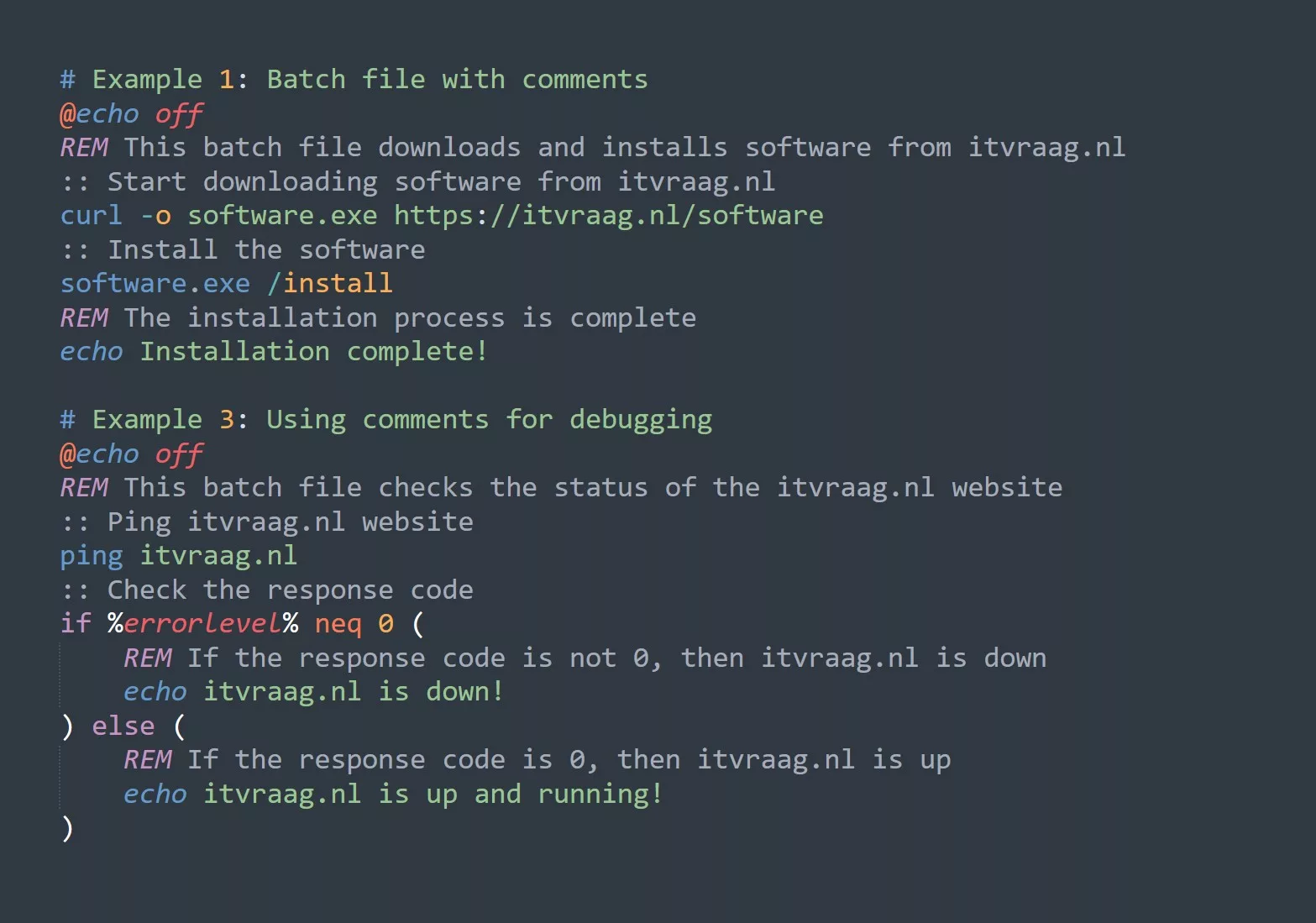If you’re a Windows user, you might have come across the terminal or the command prompt. This guide will help you compile a list of basic, but most useful Windows commands for your everyday needs.
Navigating the File System
The first set of commands we’ll look at are the ones that help you navigate the file system.
CD (Change Directory)
The cd command is used to change the current directory. For example, if you’re currently in the C:\\ drive, you can use the following command to navigate to the Windows directory:
cd Windows
DIR (List Directory Contents)
The dir command is used to display the contents of a directory. This can be especially useful if you need to find a specific file or folder in a large directory. For example, you can use the following command to display the contents of the C:\\Windows directory:
dir C:\\Windows
Managing Files and Folders
The next set of commands will help you manage files and folders.
COPY (Copy Files)
The copy command is used to copy files from one location to another. For example, you can use the following command to copy a file from the C:\\ drive to the D:\\ drive:
copy C:\\example.txt D:\\
MOVE (Move Files)
The move command is used to move files from one location to another. For example, you can use the following command to move a file from the C:\\ drive to the D:\\ drive:
move C:\\example.txt D:\\
DEL (Delete Files)
The del command is used to delete files. For example, you can use the following command to delete a file from the C:\\ drive:
del C:\\example.txt
System Management
The last set of commands will help you manage your system.
IPconfig (Display IP Configuration)
The ipconfig command is used to display the IP configuration of your computer. For example, you can use the following command to display the IP configuration:
ipconfig
TASKLIST (Display Running Processes)
The tasklist command is used to display a list of running processes on your computer. For example, you can use the following command to display a list of running processes:
tasklist
Netstat
Netstat is a command that displays information about your network connections and active TCP/IP connections. This is useful for troubleshooting network issues or for monitoring your network activity.
Here’s an example of how to use netstat:
C:\\> netstat -an
The -an switch shows all active TCP/IP connections and their status. You can also use -b to display the executable file responsible for each connection.
Taskkill
Taskkill is a command that allows you to kill a running process. This is useful if you have an application that has stopped responding and you need to force it to close.
Here’s an example of how to use taskkill:
C:\\> taskkill /pid 1234 /f
The /pid switch specifies the process ID of the process you want to kill. The /f switch forces the process to close.
Ping
Ping is a command that allows you to test the connectivity between two devices on a network. This is useful for troubleshooting network issues or for testing the responsiveness of a network.
Here’s an example of how to use ping:
C:\\> ping www.google.com
The output will show the round-trip time for each packet sent to the specified host, as well as the number of packets lost.
5 Tips for Mastering Windows Commands
- Practice makes perfect: The more you use the commands, the more familiar you’ll become with them.
- Use tab completion: You can save time by using tab completion to automatically complete the commands as you type.
- Create custom aliases: You can create custom aliases for frequently used commands to save time and simplify your work.
- Use the command history: You can use the command history to quickly access previously executed commands.
- Experiment with different options: Each command has different options that can be used to perform specific tasks. Experiment with these options to find the ones that best suit your needs.
Challenge
Now it’s your turn to put your knowledge to the test. Try executing the ipconfig and tasklist commands on your computer and see what the output looks like. Then, try using the cd command to navigate to a different directory and use the dir command to display its contents.
Are you ready to take your Windows command skills to the next level? Start using these commands today and see the difference they can make in your work.



